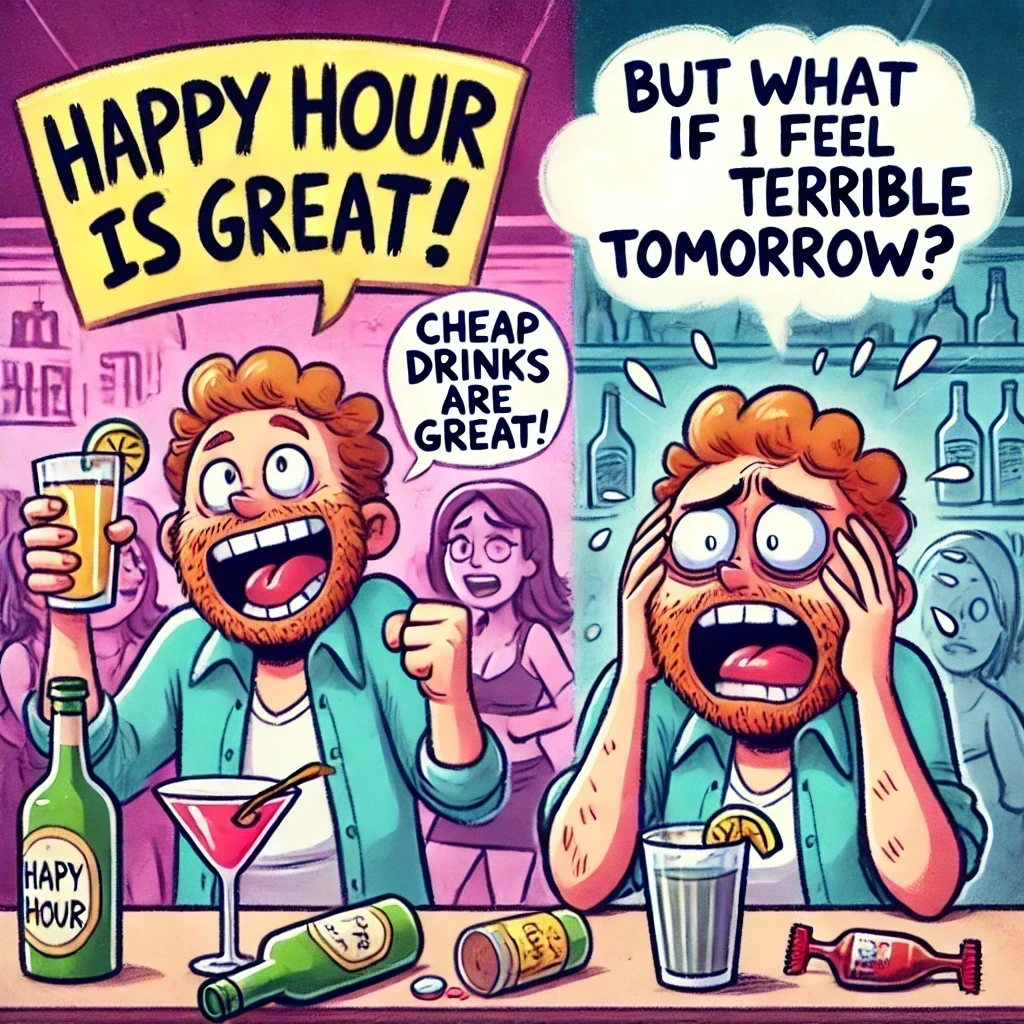Welcome to the whimsical world of economics, where the Federal Reserve plays the role of a bartender, employment is the life of the party, and the stock market is that unpredictable friend who laughs and cries in the same sentence. Let’s explore how these characters interact when the Fed cuts rates in response to dropping employment, complete with amusing analogies.
Scene 1: Employment Drops – The Party Starts to Fizzle
Imagine the economy as a grand party. Employment represents the guests dancing and having a good time. When employment drops, it’s like people starting to leave the party early—perhaps the music isn’t great, they’re playing Drake instead of Kendrick or the snacks ran out. The atmosphere becomes dull, and the energy wanes.
Think of it this way: if workers are the balloons at a birthday party, a drop in employment is like watching those balloons slowly deflate and sink to the floor. Not exactly festive anymore, is it?

Scene 2: The Fed Cuts Rates – The Bartender Offers Happy Hour
Noticing the dwindling crowd, the Federal Reserve (our bartender) decides to spice things up by cutting interest rates—the economic equivalent of announcing a surprise happy hour special. Cheaper drinks (lower borrowing costs) might just entice more guests to stay and new ones to arrive.
It’s like the bartender shouting, “Half-priced appetizers and drinks!” Suddenly, everyone’s reconsidering their plans to leave, and some folks are texting their friends to join in.

Scene 3: The Stock Market Reacts – The Emotional Guest
Enter the stock market, the guest whose mood swings are as unpredictable as a cat’s affection. Upon hearing about the Fed’s rate cuts, the stock market might get excited, thinking, “Great! Businesses will borrow more, profits will rise!” Or it might fret, “Wait, is the economy in trouble? Should I be worried?”
Imagine the stock market as that one friend who’s thrilled about the happy hour but then panics about the potential for a hangover the next day. “Cheap drinks are great, but what if I feel terrible tomorrow?”

Scene 4: Second-Order Effects – The Domino Dance
Now, let’s talk about the after-party cleanup—the second-order effects that follow the Fed’s rate cuts during declining employment.
1. Inflation Teeter-Totter: With more money flowing, prices might start to rise. It’s like everyone ordering those discounted drinks, and suddenly, the bar runs out of stock, prompting them to raise prices.
Picture the bartender realizing the chicken wings are too popular and decides to hike the price mid-happy hour. Guests grumble but still keep ordering—after all, they’re already here.
2. Debt Hangover: Cheaper borrowing can lead to higher debt levels. Businesses and consumers might take on loans like there’s no tomorrow, only to regret it later.
It’s akin to partying too hard because the drinks are cheap, only to wake up the next day with an empty wallet and a headache that won’t quit.
3. Savings Snooze: Lower interest rates mean less return on savings. Savers feel like they’re getting pennies for their efforts, which might discourage saving.
Imagine putting money into a vending machine that only dispenses stale chips—disappointing and hardly worth the effort.
4. Currency See-Saw: The national currency might weaken due to lower rates, affecting international trade. Exports become more affordable for other countries outside the US but imports become more expensive here.
It’s like the party becoming so wild that the neighbors (other countries) start complaining, leading to tension on the block.
Scene 5: The Stock Market’s Second Thoughts
The stock market, ever the drama queen, might initially celebrate the rate cuts but then start overthinking.
• Optimistic Scenario: Investors believe the rate cuts will boost the economy, leading to higher corporate earnings.
Our emotional guest decides the party is the place to be and invites more friends, making it livelier than ever.
• Pessimistic Scenario: Investors worry that the rate cuts signal deeper economic issues.
The guest suddenly remembers they have work tomorrow and starts convincing others to leave early, causing the party to dwindle further.
Scene 6: Employment’s Slow Recovery – The Party Picks Up?
The hope is that lower rates will encourage businesses to borrow and invest, leading to job creation.
It’s like the bartender’s happy hour finally attracting more guests, and the dance floor starts filling up again. The balloons are re-inflated, and the party regains its buzz.
However, if businesses lack confidence in the economy, they might pocket the savings rather than expand.
Imagine guests enjoying the cheap drinks but refusing to dance because the music is still lousy. The party remains a bit of a dud despite the incentives.
Curtain Call: Navigating the Economic Party
Understanding how the Fed cutting rates amid falling employment affects the stock market is like trying to predict the outcome of a sitcom’s season finale—full of twists, laughs, and a few groans.
So next time you hear about rate cuts and employment figures while sipping (hopefully affordably financed) coffee, you can smile and think, “Ah, just the bartender trying to save the party while our moody friend decides whether to dance or go home early.”
Encore: Final Thoughts
While I’ve had some fun with these analogies, the interplay between interest rates, employment, and the stock market has real implications for everyone—from Wall Street traders to Main Street shop owners and everyone in between.
Remember, in the grand party of economics, we’re all attendees. Whether we’re the life of the party, the cautious observer, or the wallflower eyeing the exit, understanding the dynamics and rate of change can help us decide when to dance and when to sit one out. But employment is like that friend who’s always late to the party but insists they were “right on time.” While other economic indicators are already on the dance floor, employment is still choosing an outfit.
Disclaimer: This information is for educational and informational purposes only and should not be considered financial advice.

